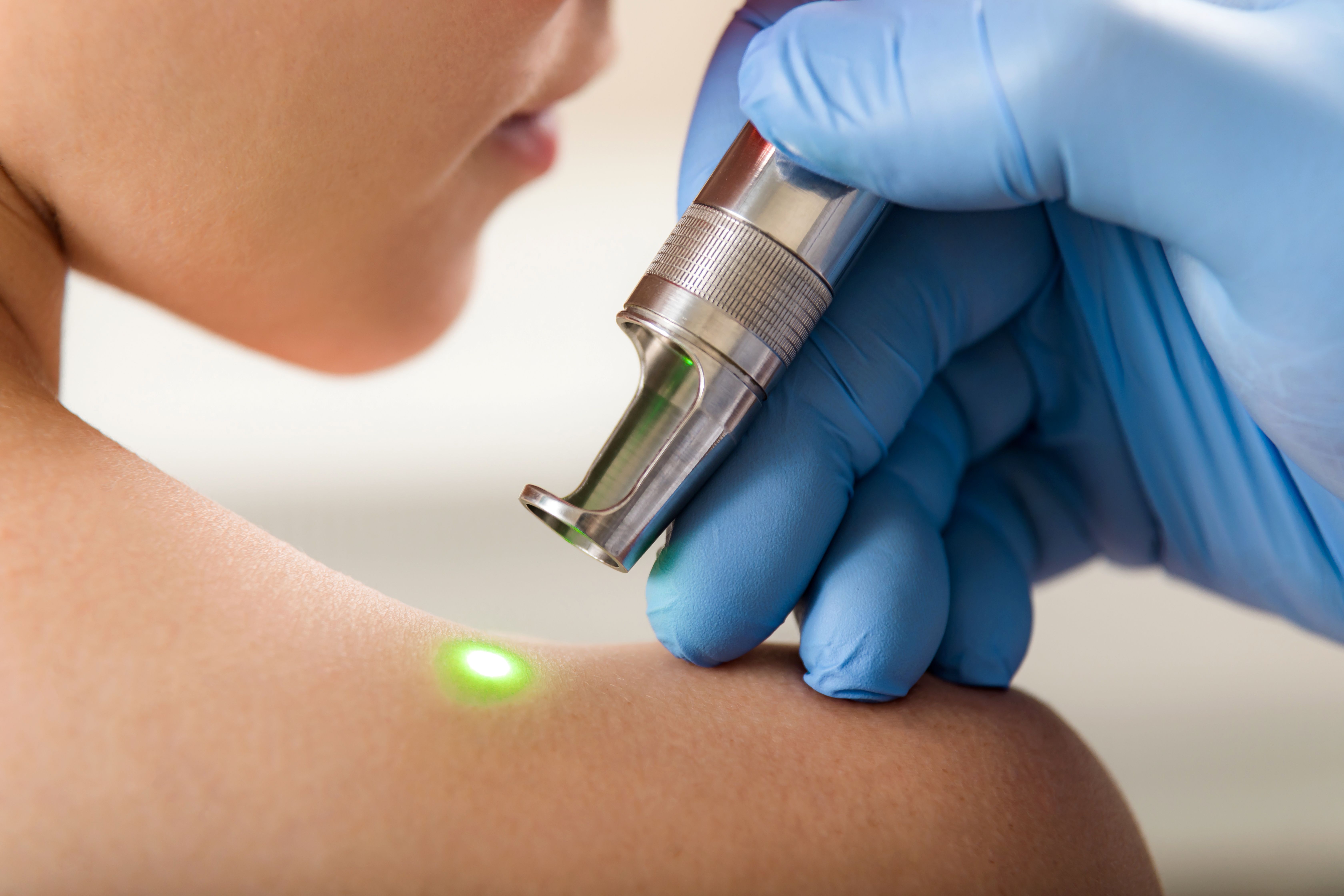- Case-Based Roundtable
- General Dermatology
- Eczema
- Chronic Hand Eczema
- Alopecia
- Aesthetics
- Vitiligo
- COVID-19
- Actinic Keratosis
- Precision Medicine and Biologics
- Rare Disease
- Wound Care
- Rosacea
- Psoriasis
- Psoriatic Arthritis
- Atopic Dermatitis
- Melasma
- NP and PA
- Skin Cancer
- Hidradenitis Suppurativa
- Drug Watch
- Pigmentary Disorders
- Acne
- Pediatric Dermatology
- Practice Management
- Prurigo Nodularis
- Buy-and-Bill
Article
Dermatologists recognized for contributions to teledermatology
Author(s):
AAD announces two physicians are recipients of the "Patient Care Hero" award for their work in implementing a teledermatology program in the U.S. Army program two decades ago.
While some dermatologists may be working through teledermatology visits for the first time due to the COVID-19 pandemic, others have been working to advance access to care through technology for over 20 years.
WEBINAR: Telehealth: A tool for the moment or the new normal?
Board-certified dermatologists Darryl Hodson, M.D., FAAD, and Hon Pak, M.D., FAAD, MBA, launched the country’s first full-scale program in 2000 for the U.S. Army and are being named as Patient Care Heroes by the American Academy of Dermatology (AAD).
The award recognizes physicians who "transform patients’ lives" through their expertise and collaboration with other physicians to treat serious skin conditions.
“Dermatologists have been using telehealth for decades to provide specialized care to patients in rural and underserved areas. During this public health emergency, dermatologists are leveraging this expertise to triage patients and provide as much care as possible virtually,” says Bruce H. Thiers, M.D., FAAD, in a press release. He is president of the AAD, board-certified dermatologist. “Drs. Pak and Hodson were pioneers, laying the groundwork for dermatologists to provide safe, effective patient care remotely—whether that patient is a member of the armed forces or social distancing during COVID-19.”
In the mid-1990s, Drs. Pak and Hodson recognized a significant need for dermatology care in soldiers deployed in Bosnia. The system being used was lengthy and inefficient. Deployed physicians sent photos of skin conditions to the Walter Reed Army Medical Center in the United States where they were printed, carried to a dermatologist for review, a diagnosis was made that required transcription and, finally, that diagnosis was emailed back to the deployed physician. In an effort to shorten the timeline, Drs. Pak and Hodson worked to implement a teledermatology program that connected dermatologists virtually with other health care professionals, according to the press release from AAD.
“We were inspired to develop a platform to make the process more efficient. To date, we’ve completed more than 50,000 patient consultations in more than 50 countries,” Dr. Pak, who is former chief information officer, U.S. Army Medical Department, says in the press release.
The program developed by Drs. Pak and Hodson implemented a variety of components including purchasing standardized cameras, hiring trained teleheath coordinators and instructing those coordinators on how to take photos of skin conditions.
RELATED: N95 respirator resuse possible with UVGI
Additionally, Dr. Hodson held in-person dialogues with primary care physicians and their teams to cultivate relationships in an effort to aid in the teledermatology program.
“There are many lessons applicable to civilian telemedicine operations. Technology allows us to expand our ability to provide expert care to people in need,” Dr. Pak says.
Dr. Hodson, former chief of teledermatology, U.S. Army, private practice physician in Georgia, says, “Telemedicine helps the military address service members’ health needs regardless of their location. I am incredibly proud of this program’s lasting positive influence on the lives of my fellow service members and their families.”
Newsletter
Like what you’re reading? Subscribe to Dermatology Times for weekly updates on therapies, innovations, and real-world practice tips.






